Music has a way that soothes the soul. Singing the words that sometimes we are too afraid to say out loud. But what about the musicians themselves what made them great enough to listen to their songs, study them in classes, and read books on them.
Here is a list of musician biographies (some are recently added and some have been on the shelves for a while):
Debussy: A Painter in Sound by Stephen Walsh

The man who invented the language of music but didn’t alienate the majority of music lovers. Debussy drove French music into entirely new regions of beauty and excitement. Yet, his life was fraught with struggles over money, women, and ill-health. Here we are granted a look not only into the composer but also the stage in European history that bore him.
Mozart in Context edited by Simon P. Keefe

A focus on Mozart as he responds to different aspects of eighteenth-century European life. From his views on music, aesthetics, and other matters to his career contexts and environments, these contributions probe diverse Mozartian contexts in a variety of ways.
Bob Dylan: Behind the Shades Revisited by Clinton Heylin
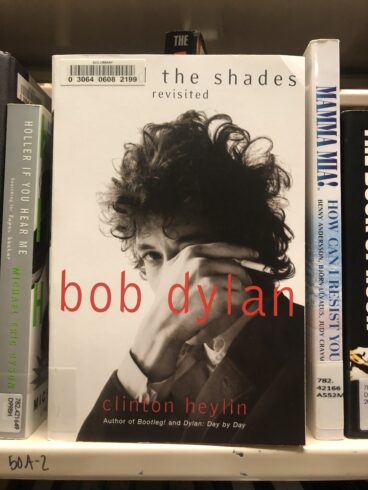
First published in 1991, Clinton Heylin revised and reworked this hugely acclaimed book, adding new sections, reworking the text, and bringing the story up-to-date with Dylan’s career in 2000. From his humble beginnings in Minnesota to his arrival in NYC in 1961 to the legendary 1966 World Tour and concert at the Royal Albert Hall, Heylin details all of it. Fans are given a chance to know the man “behind the shades.”
Heinrich Neuhaus: A Life Beyond Music by Maria Razumovskaya

One of the most charismatic and sought after pianist-pedagogues of the 20th century. Razumovskyay’s book is the first critical study of Neuhaus. Readers will read about what went on in his teaching studio but also be able to understand the vibrant circumstances that underpinned Neuhaus’s unique outlook and approach. Emphasizing the important aesthetic principles and practices that were adopted by creative artists eager to escape the banality and limitations imposed by Socialist Realism.
W.A. Mozart by Herman Abert
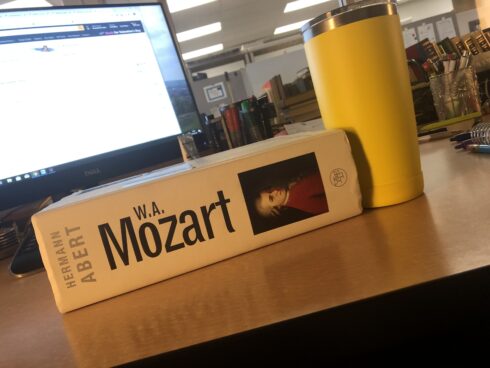
The first line of the summary describes this book as “the most comprehensive account of Mozart’s life and works in any language”—I hope it is. This text is both the fullest account of the composer’s life and a deeply skilled analysis of his music. Proceeding chronologically from 1756 to 1791, it interrogates every aspect of Mozart’s life, influences and experiences, his personality, his religious and secular dimensions, and the social context of the time. (The 20 oz travel mug is shown for comparison).
Leonard Bernstein and the Language of Jazz by Katherine Baber
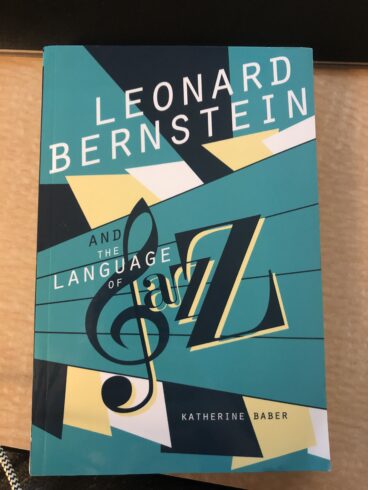 Truthfully, every time I think about Leonard Bernstein now is in relation to John Mulaney’s Kid Gorgeous Netflix special. Definitely go watch it because he’s hilarious! But Leonard Bernstein’s gifts for drama and connecting with popular audiences made him a central figure in twentieth-century American music. Baber investigates how jazz in its many styles served Bernstein as a flexible, indeed protean, musical idea. She also offers in-depth analyses of On the Town, West Side Story, 1600 Pennsylvania Avenue, and other works to explore fascinating links between Bernstein’s art and issues like eclecticism, music’s relationship to social engagement, black-Jewish relations, and his own musical identity.
Truthfully, every time I think about Leonard Bernstein now is in relation to John Mulaney’s Kid Gorgeous Netflix special. Definitely go watch it because he’s hilarious! But Leonard Bernstein’s gifts for drama and connecting with popular audiences made him a central figure in twentieth-century American music. Baber investigates how jazz in its many styles served Bernstein as a flexible, indeed protean, musical idea. She also offers in-depth analyses of On the Town, West Side Story, 1600 Pennsylvania Avenue, and other works to explore fascinating links between Bernstein’s art and issues like eclecticism, music’s relationship to social engagement, black-Jewish relations, and his own musical identity.
Brahms in Context edited by Natasha Loges and Katy Hamilton
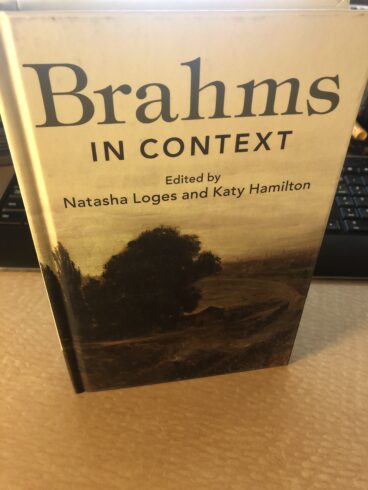
A fresh perspective on the much admired nineteenth-century German composer. The essays range from historical, social and cultural contexts, and detail Brahm’s childhood, his move to Vienna, and his rich social life. It considers professional matters from finance to publishing and copyright; the musicians who shaped and transmitted his works; and the larger musical styles which influenced him.
Lennon: The Man, the Myth, the Music – The Definitive Life by Tim Riley
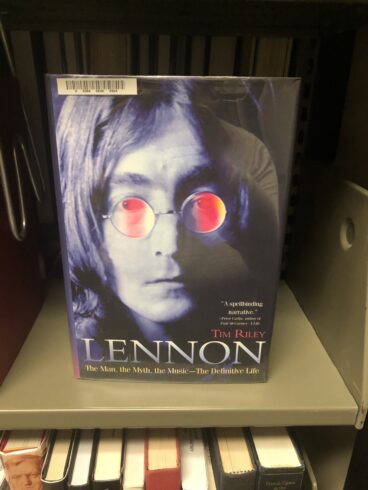
Tim Riley takes readers on the remarkable journey that brought a Liverpool art student from a disastrous childhood to the highest realms of fame. This rich narrative text draws on numerous interviews with Lennon’s friends, enemies, confidantes, and associates. He explores Lennon in all his contradictions: the British art student who universalized an American style, the anarchic rock ‘n’ roller with the moral spine, and more.
Mahalia Jackson & the Black Gospel Field by Mark Buford

Born in the backstreets of New Orleans in 1911, Jackson during the Great depression joined the migration to Chicago, where she became a highly regarded church singer. By the mid-fifties, she was lauded as the “World’s Greatest Gospel Singer.” The first book on Jackson in 25 years, Buford draws on a trove of previously unexamined archival sources that illuminate Jackson’s childhood in New Orleans, her negotiations of parallel careers, documenting the symbolic influence of Jackson and black gospel music in postwar America.
Last Train to Memphis: The Rise of Elvis Presley by Peter Guralnick
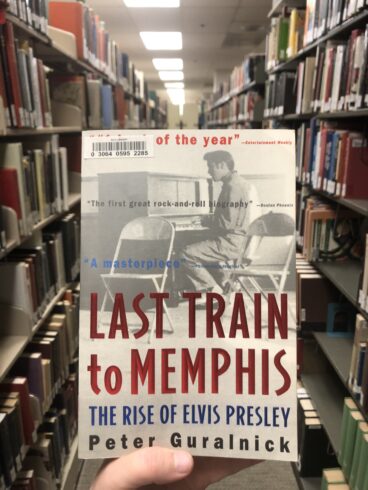
“Wise men say
Only fools rush in
But I can’t help falling in love with you
Shall I stay
Would it be a sin
If I can’t help falling in love with you”
I think it’s a safe bet to say that most people know, have heard of, Elvis Presley. If not then I want to know what rock you’ve been living under. Guralnick goes behind the myth and presents an Elvis beyond the legend. Based on hundreds of interviews and nearly a decade of research, it traces the evolution not just of the man but of the music and culture he left utterly transformed. Tracking the first twenty-four years of his life, Last Train to Memphis takes readers deep inside Elvis’ life, exploring his passion for music, affection for his family, and his relationships.
The Trouble With Wagner by Michael P. Steinberg
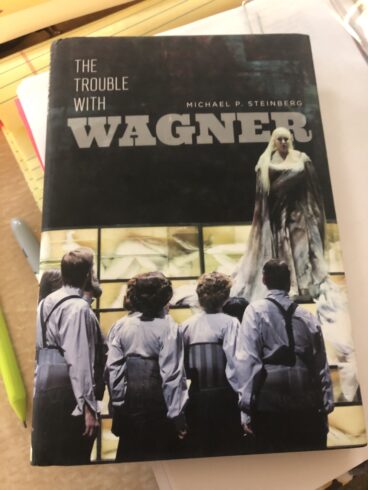
“Unlike any other composer, Wagner continues to fascinate. Michael P. Steinberg has added to the vast literature a thought-provoking look at the composer from the perspective of not only history and criticism but also the challenges of mounting a contemporary production. Through Steinberg’s uncommon grace and learning, readers will encounter why Wagner is still with us today as a force in the arts and culture.”
Review by Leon Botstein, music director and principal conductor of the American Symphony Orchestra

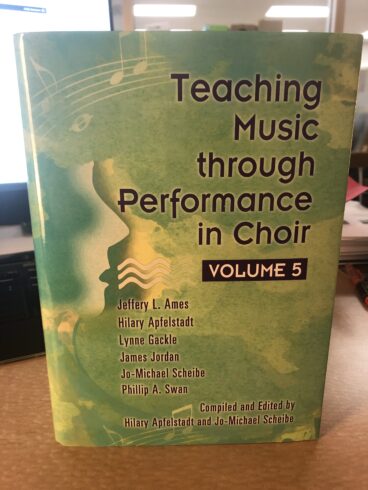 Part of a series that remains one of the most important resources for choir directors looking for quality repertoire that has been vetted by a distinguished panel of educators. Containing Teacher Resource Guides for approximately 100 works, organized by difficulty. Selected by a team of leading choir directors, the repertoire in Volume 5 balances SATB literature with works for treble and tenor/bass choirs.
Part of a series that remains one of the most important resources for choir directors looking for quality repertoire that has been vetted by a distinguished panel of educators. Containing Teacher Resource Guides for approximately 100 works, organized by difficulty. Selected by a team of leading choir directors, the repertoire in Volume 5 balances SATB literature with works for treble and tenor/bass choirs.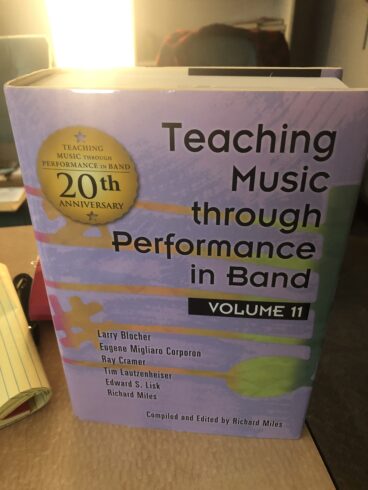
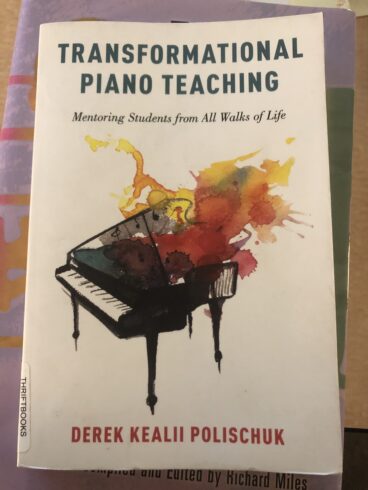


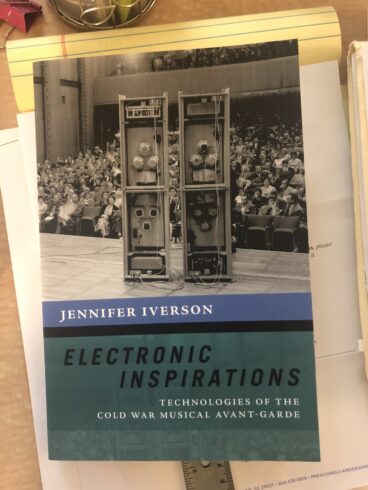 For a decimated post-war West Germany, the electronic music studio at the WDR radio in Cologne was a beacon of hope. Jennifer Iverson’s Electronic Inspirations: Technologies of the Cold War Musical Avant-Garde traces the reclamation and repurposing of wartime machines, spaces, and discourses into the new sounds of the mid-century studio. In the 1950s, when technologies were plentiful and the need for reconstruction was great, West Germany began to rebuild its cultural prestige via aesthetic and technical advances. The studio’s composers, collaborating with scientists and technicians, coaxed music from sine-tone oscillators, noise generators, band-pass filters, and magnetic tape. Together, they applied core tenets from information theory and phonetics, reclaiming military communication technologies as well as fascist propaganda broadcasting spaces. The electronic studio nurtured a revolutionary synthesis of science, technology, politics, and aesthetics. Its esoteric sounds transformed mid-century music and continue to reverberate today. Electronic music–echoing both cultural anxiety and promise–is a quintessential Cold War innovation.
For a decimated post-war West Germany, the electronic music studio at the WDR radio in Cologne was a beacon of hope. Jennifer Iverson’s Electronic Inspirations: Technologies of the Cold War Musical Avant-Garde traces the reclamation and repurposing of wartime machines, spaces, and discourses into the new sounds of the mid-century studio. In the 1950s, when technologies were plentiful and the need for reconstruction was great, West Germany began to rebuild its cultural prestige via aesthetic and technical advances. The studio’s composers, collaborating with scientists and technicians, coaxed music from sine-tone oscillators, noise generators, band-pass filters, and magnetic tape. Together, they applied core tenets from information theory and phonetics, reclaiming military communication technologies as well as fascist propaganda broadcasting spaces. The electronic studio nurtured a revolutionary synthesis of science, technology, politics, and aesthetics. Its esoteric sounds transformed mid-century music and continue to reverberate today. Electronic music–echoing both cultural anxiety and promise–is a quintessential Cold War innovation.